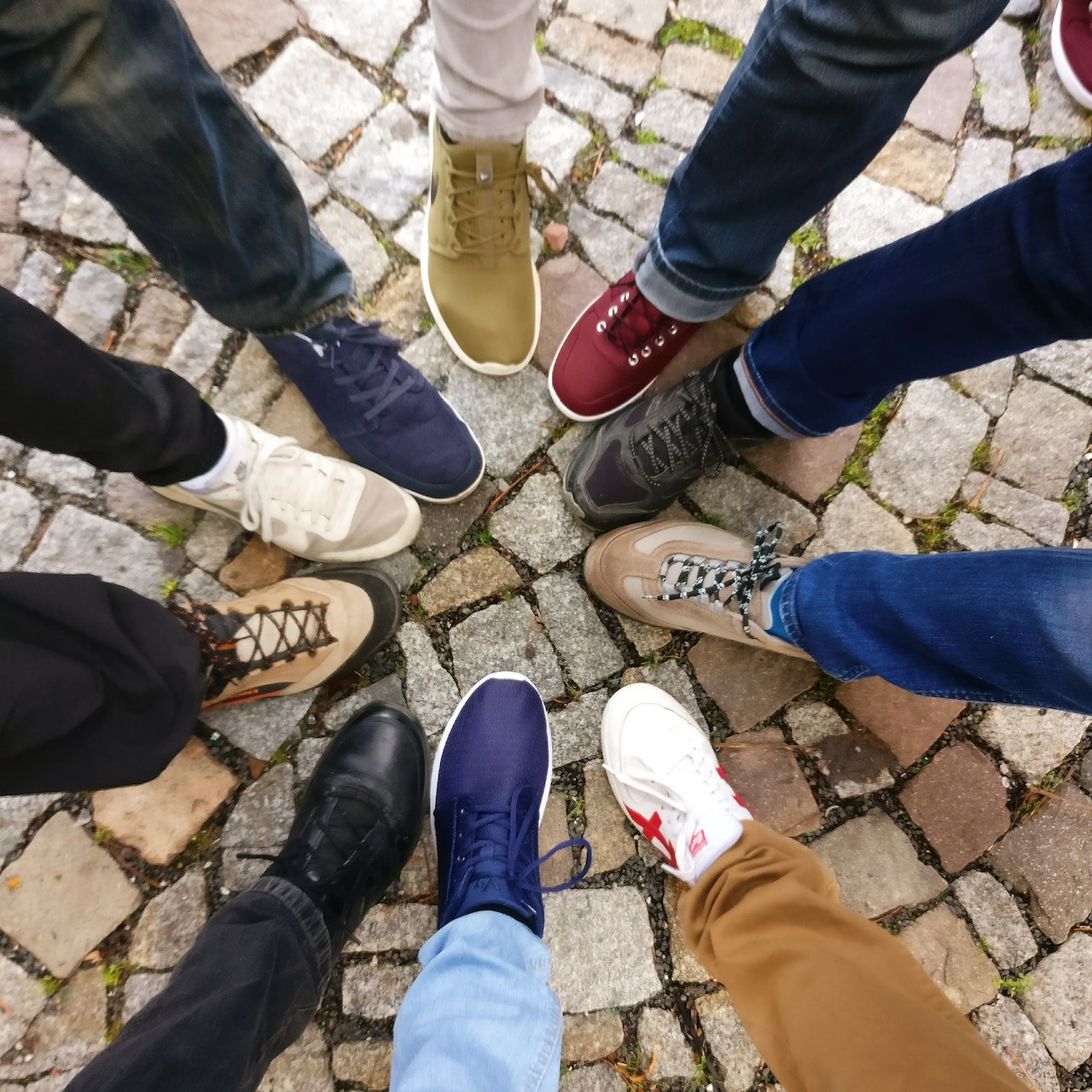While shoes are meant to protect and cushion your feet, poor footwear choices can negatively affect the health of your feet. Wearing shoes that are too tight, too elevated, or barely supportive increases stress on your feet, leading to pain and injuries. A local foot and ankle institute can help remedy conditions caused by poorly fitting shoes, such as heel pain, ingrown nails, bunions, and ankle pain. Below are four common ways shoes affect your feet and how to prevent them.
Ingrown Nails
Ingrown nails cause the corner of your toenails to develop a soft and elongated piece of flesh. It affects the big toenail. In the initial stages, for instance, the corner of your big toenail turns red, inflamed, and slightly painful. Fluid buildup can then begin to leak.
Causes of Ingrown Nails
- Poorly-Fitting Footwear: Shoes that are too flat or too narrow for your feet can exert extra pressure on your big toe.
- Inappropriate Shoe Hygiene: Smelly shoes provide a breeding ground for microorganisms like fungi. These lead to fungal foot infections and inflammations.
- Poor Trimming of the Toenail: Trimming your toes too short causes the pressure from the tip of your shoes to push your toenails into the tissue.
Diagnosis and Treatment
Before starting treatment, get a diagnosis from a professional podiatrist. A podiatrist conducts a thorough physical exam to assess the depth of the ingrown nail.
It’s possible to treat ingrown nails at home. Expose your feet to warmth, apply topical antibiotics, or gently remove the skin from the toenail.
Heel Pain
If you feel a sharp, recurring pain in your heel(s) when you wake up, you might be suffering from plantar fasciitis. This is a common cause of heel pain that occurs in people with flat feet. The “flat foot’ condition can inhibit mobility and general quality of life.
Causes of Heel Pain
- Wrong footwear size: When your shoes are too tight, loose, or big, your feet do not receive appropriate cushioning and ergonomic support. Your foot’s arch absorbs all the force, inflicting pain on your heels.
- Poor shoe quality: You should re-sole or replace your shoes every 6-12 months. Old shoes offer poor support for your feet. This leads to foot problems like plantar fasciitis and Achilles tendonitis.
- Inappropriate sports footwear: If you go on a run with a pair of flats or flimsy sandals, you’re risking heel pain. This is because certain shoes cause harm when used for sports without ample support.
Diagnosis and Treatment
Any pain that begins at the bottom of your foot qualifies as heel pain. To detect it, your podiatrist first conducts a physical exam. Next, they may recommend meds or custom orthotics to reduce the pain. A custom orthotic inserted into your footwear can help correct a poor foot posture or prevent unwanted foot motion.
Bunions
A bunion is a sizable, swollen, and bony lump at the joint of your big toe. It often results from dislocating your big toe joint, leading to a faulty foot structure. Aside from the pain and discomfort they cause, bunions interfere with your feet’s appeal. Due to the structure of some women’s footwear options, women are at a greater risk of getting bunions.
Causes of Bunions
- Tight and high-heeled shoes: These kinds of shoes force your toes to the front of your shoes, weakening your toe joints.
- Narrow footwear: This causes your toes to crowd inside your shoes, thus dislocating your toenails.
- Severe flatfoot and loose joints: Individuals with low arches tend to spread their feet unevenly when walking. This puts them at greater risk of joint dislocation, causing bunions.
Diagnosis and Treatment
Osteotomy is the only way to treat and eliminate bunions. Osteotomy is a type of surgery that involves removing the swollen part and realigning the whole bone.
Hammertoe
This condition causes a toe to bend downwards due to dislocated joints. It’s a deformity that affects all toes except the big toe. Hammertoe makes your toe assume a hammer or claw-like nature. It causes corns and calluses at the base of your toes if left untreated.
Causes of Hammertoe
- Shoes with an extremely slim toe box: Extremely narrow shoes inhibit your toes from moving freely. This exerts undue pressure on your feet and toes. Because of the increased pressure, your foot develops muscle-tendon imbalance, causing hammertoe.
- Wrong foot positioning: Wearing tight shoes causes your toes to bend in unnatural positions, causing hammertoe.
Diagnosis and Treatment
The simplest treatment options for hammer toe include limiting high heels or other restrictive shoes and icing your toes. Your podiatrist might also prescribe hammer toe pads, prescription orthotics, or, in severe cases, corrective surgery.
Foot and Ankle Institute Recommendations
Talk to a professional podiatrist at a local foot and ankle institute about any strange pain in your feet. Foot conditions are treatable when diagnosed early. A podiatrist will recommend the best treatment options and footwear choices that align with your condition.





Be First to Comment